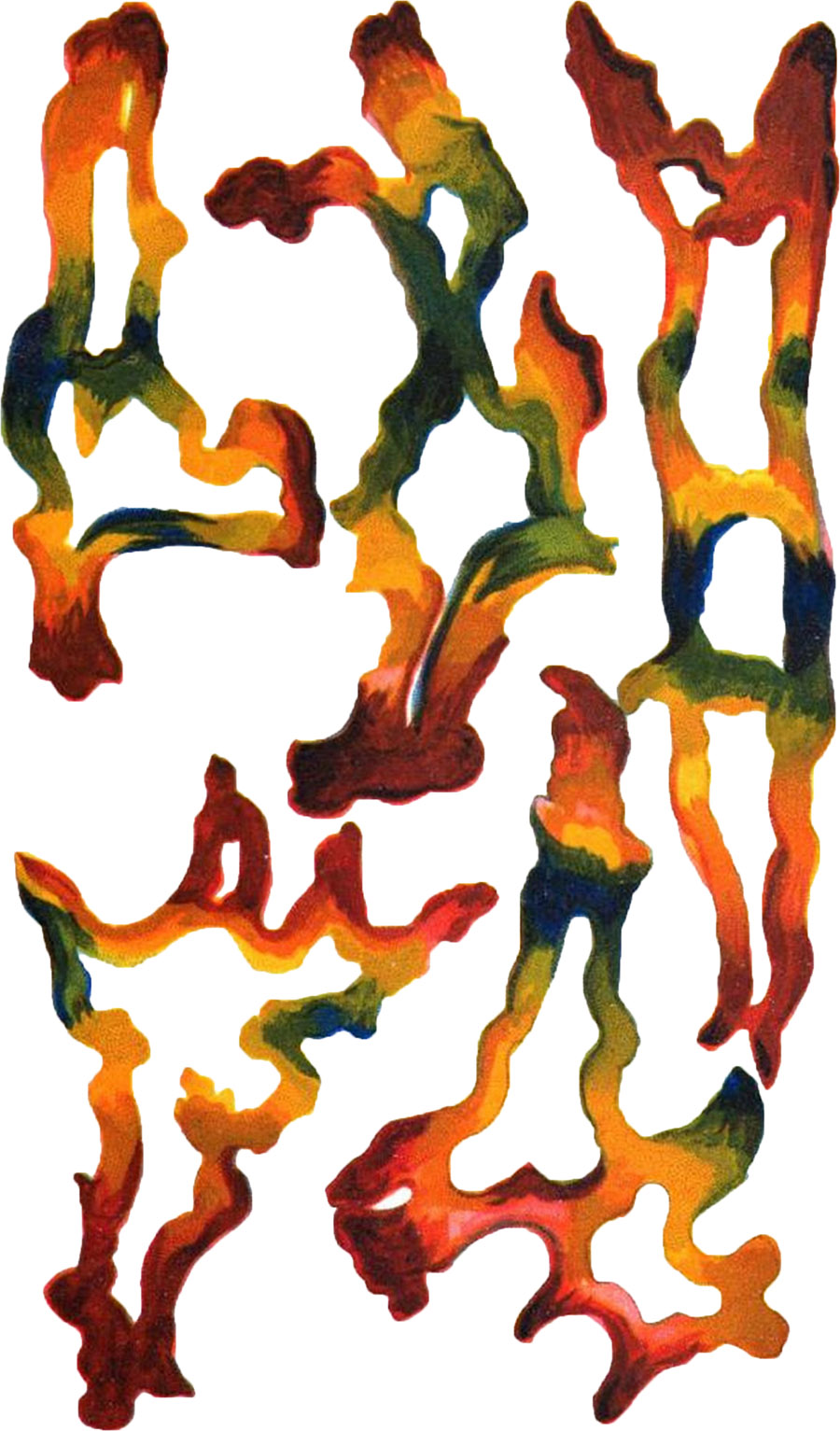but all fragments should be examined

*
cropped from scan of Plate III. Fig. 5.
Microscopic investigation of the Tea Leaf.
Sclerenchyma or “Stone Cells” of the Midris.
× 300
T. Taylor del. [delineavit : drawn by]
illustrating Thomas Taylor, “Report of the Microscopist” (on “Tea and its adulterations” and “Olive oil, lard, and their adulterants”) in First Report of the Secretary of Agriculture (1889) : 191-200
University of California (Davis) copy, digitized August 26, 2014
from which —
Report of the Microscopist (all text and figures + front matter to entire volume) : pdf (1.8 MB)
many other copies/scans via Google Books
USDA, National Agricultural Library copy (opens to Plates II and III) at archive.org
—
“Five stone-cells, as seen by polarized light in a longitudinal section of the midrib of a tea-leaf. This section was only one-quarter of an inch in length, in which all these cells were observed. The stone-cells of the tea-leaf generally average about one-hundredth of an inch in length and are polarizing bodies. If subjected to the action of caustic potash their polarizing property is greatly impaired.”
p 196
epigram continues with —
“...and it is a good plan to assort the different forms, placing each lot of a similar kind by itself. Many of the fragments will exhibit the edges of the leaf entire... Make drawings of them and compare with the genuine tea-leaf...”
p 193
tags:
T. Taylor, report on “Tea and its adulterations” & “Olive oil, lard, and their adulterants” (1889)